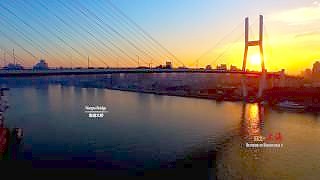Beautiful ZhouZhuang lies in JiangSu province, about 30 km southeast of Suzhou.
[640],shadow=true,start=,stop=
Live more ...
 ZhouZhuang water town 周庄
ZhouZhuang water town 周庄Beautiful ZhouZhuang lies in JiangSu province, about 30 km southeast of Suzhou.
[640],shadow=true,start=,stop=

|
With Ben Norton ...
Bonus film - 'Radio Free Asia' and the attempted 2019 coup in Hong Kong : with FridayEveryday ...
|

|

|
With WilleneBusinessLifestyle ...
|

|
Bonus film - Biden's UN speech, with The GrayZone ...
Bonus film 2 - with Going Underground, RT...
|

|
With Souped Up Recipes ...
Bonus film - the most essential everyday ingredients / flavorings ...
|

|
July lotuses and the boat to the Summer Palace ...
With MisterVaughn ...
Boating the ancient canal route from downtown BeiJing to the Summer Palace (YiHeYuan) ...
The LiangMa River ...
|

|
Featuring BaDaLing Great Wall, the Summer Palace, and the Temple of Heaven.
With Camille in China ...
|

|
Beautiful ...
|